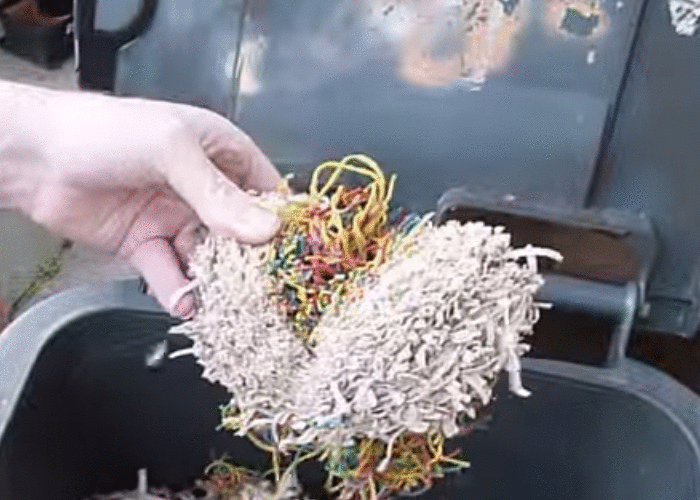The mechanics of soft solids

Most of my work on elastic solids has been on constitutive equations, that is, mathematically describing the different components of a solid, and how these effect the forces and deformations. With the two main themes being stressed solids and fibre-reinforced solids. I have also explored how to use waves and instabilities to characterise solids.
Initially stressed solids
The driving question is how to mathematically describe the mechanical response of residually stressed solids? Our main contribution has been revealing a new symmetry, a result from conservation of energy, that restricts the possible mechanical responses.


